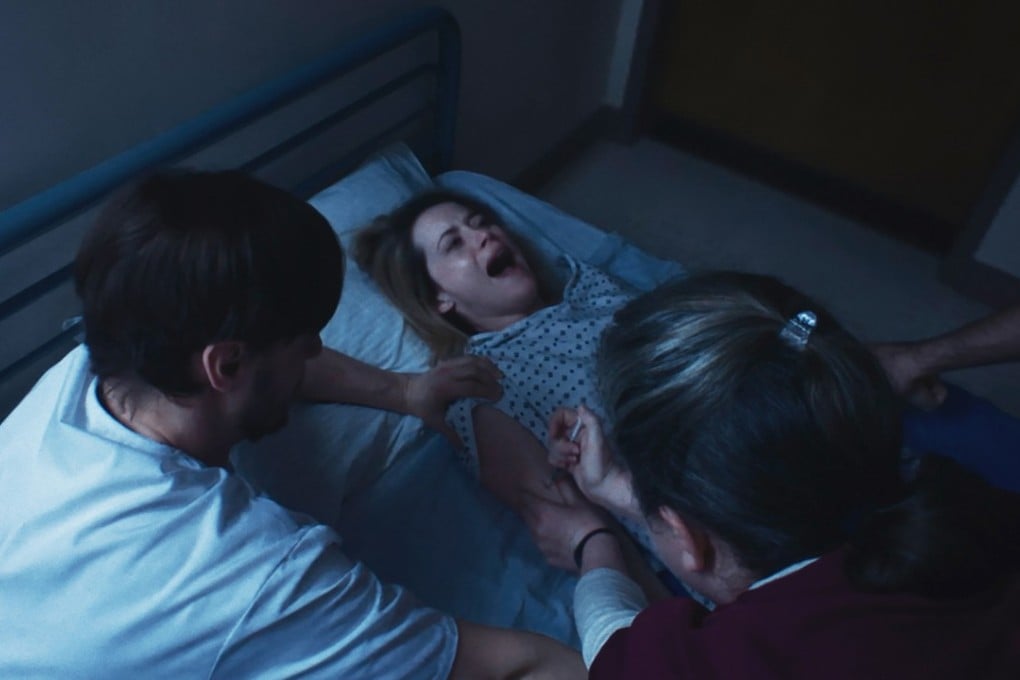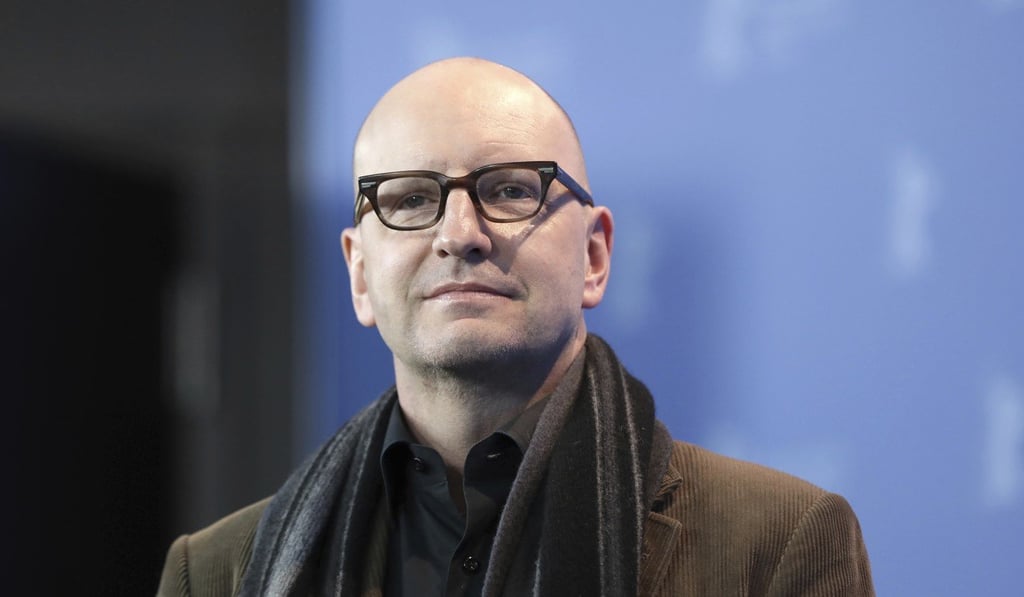Why Steven Soderbergh shot Unsane with an iPhone and is already doing it again with NBA drama out later this year
It was as close as having the camera be a pen as you can get, Steven Soderbergh says of filming new thriller starring Claire Foy on iPhones, and he is already doing it again for NBA drama High Flying Bird. So much for that retirement

After a four-year hiatus from films, the prolific Steven Soderbergh returned last year with his racetrack heist Logan Lucky.
He had left the movie business (ostensibly to take some time out and paint) because studios were increasingly turning away from the adult-themed stories that he made his name with: films like his 1989 Cannes-winning debut Sex, Lies, and Videotape and his drugs drama Traffic, which won him a best director Oscar.
Best of Berlin International Film Festival 2018: sexually charged docudrama wins Golden Bear, as Wes Anderson’s doggy tale shines
Despite plenty of successful studio films on his CV – not least the all-star Ocean’s trilogy – the 55 year-old native of Baton Rouge, in the American state of Louisiana, has always been about pushing frontiers. His 2005 improvised blue-collar murder tale Bubble was released simultaneously in cinemas, on DVD and cable TV, long before that became a more accepted norm.
“It wasn’t a popular thing to do,” he reflects. “[Cinema exhibitors] just didn’t want to talk about it. They just felt this is a toxic idea.”

Before that he tried, but failed, to form F-64 – a collective designed to hold onto the copyright of their films – with other high-profile directors including David Fincher and Spike Jonze. When it came to Logan Lucky, he took this notion of control further, raising the film’s budget through foreign sales and personally tailoring the advertising campaign to save costs.